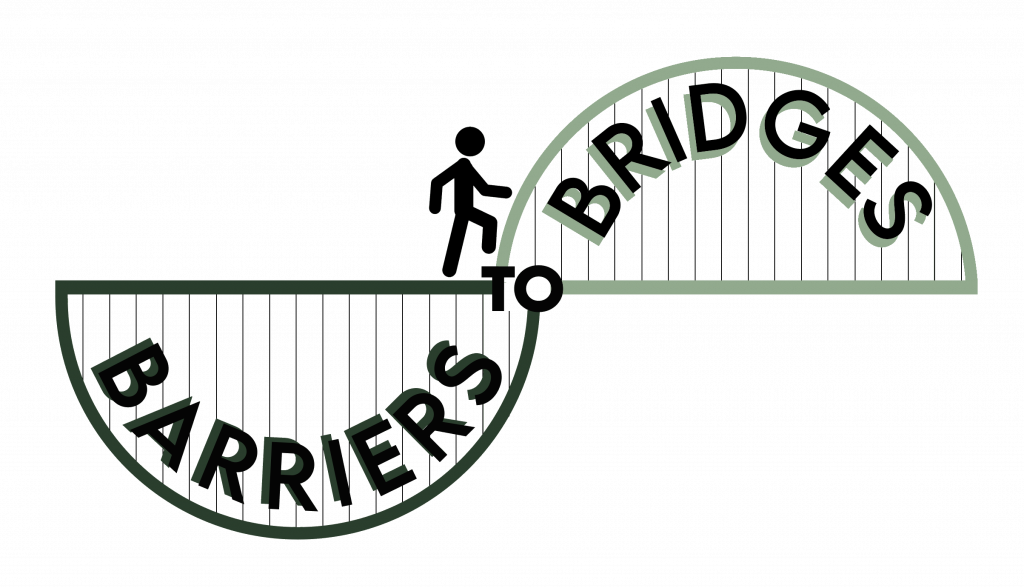by Augustina Boateng
As women move into male-dominated spaces, men move out of those spaces. Over the last couple of decades, women have proven their equal competence as men in the workspace, yet they still face many forms of bias and barriers in their work lives today as they did decades ago. Even though women have excelled in the professional workspace by proving they are capable, men tend to abandon some fields as more women move into those spaces in what is now commonly tagged as ‘gender flight.’
“Talking about my field, as a woman myself, I would be thrilled to see more women enter and thrive in the tech sector.” Says Debbie Moran, Marketing Manager at RecurPost who shares her insights and challenges as a female leader in a male-dominated field.
This phenomenon called ‘gender flight’ has directly led to a decline in the income value of female-dominated fields, compared to fields that are male-dominated, even when the qualifications requirement and work input are the same. “Personally, I’ve experienced occupational feminisation in my role as a marketing manager at RecurPost .” says Debbie Moran, “there were fewer women in leadership positions. I did feel a bit alone as one of the few women. So, it wasn’t always easy being the only female voice in meetings or decision-making processes, especially in a predominantly male-dominated tech environment.”
In the last decade alone, professional positions like operations manager and interior decorating have slowly been devalued and watered down as easy jobs as more women got into these fields. Despite being established and previously dominated by men.

“Talking about my field, as a woman myself”, continued Debbie, “I would be thrilled to see more women enter and thrive in the tech sector, but the reality is that certain aspects of the tech industry, including my own field, have historically been male-dominated. My fear isn’t about having more women in the field; it’s about the systematic barriers that still exist, which can make it difficult for women to succeed. Now, I am witnessing a significant increase in the number of women joining the company across various departments. One example of occupational feminisation at RecurPost is the growth of our customer support team. Initially, the team was predominantly male, but over time, we’ve seen more women joining and excelling in customer support roles.”
Kayden Roberts, CMO and Relationship Coach at CamGo, shared her perspective on why gender disparity has persisted in the professional space even when women have demonstrated that they are capable and competent at not just handling but excelling at their jobs.
“The leading causes of occupational feminisation can be traced back to societal norms and the historical segregation of occupations. Which is often driven by stereotypes about ‘gender-appropriate’ work and the undervaluation of roles traditionally held by women. The consequences of these actions are multifaceted, including wage disparities, limited career advancement opportunities, and the perpetuation of gender stereotypes.”
Too often, the gender gaps in workspaces are dismissed as statistical quirks, and not bias or stereotypes. But these quirks are what drives the professional shifts between men and women. As Kayden further advised, “Advocating for a transparent policy on pay and advancement opportunities can help address systemic inequalities, ensuring fairness and equality for individuals, regardless of where they are on the gender spectrum.within the tech and online dating sectors, where my experience lies, feminisation could potentially lead to more inclusive product designs and marketing strategies but also pose the risk of reinforcing silos if not approached with a commitment to diversity and equity.”
As professionals, women have had to face these gender shifts and societal barriers imposed on them, a fit they have overcome by working harder to prove their value in not just the workplace but in every area of their lives, in an unfair way women have to had live their lives under the microscope to meet the unrealistic expectations of not just being good enough but being exceptional. These unfair expectations placed on women have also seeped into other aspects of their lives, for example, where working women are criticized for prioritizing their careers, instead of their families, a fate their male peers don’t have to deal with. These persisting sexist norms of caregiving have caused women to find inventive ways to balance their work life and domestic responsibilities at the detriment of themselves.
With the barriers women have to hurdle through for success in the workspace, it is no wonder that many women would end up leaving or try to avoid certain professions that are male-dominated. As Kayden rightly says “Empowering women in the face of challenges like occupational shift and the pay gap difference requires proactive strategies like fostering environments that promote and support women’s leadership and decision-making roles, while also encouraging mentorship programs which can be fundamental in guiding women through their careers, offering them the support and advice needed to navigate and overcome workplace challenges.”
Women have been fighting for years to get equal pay, respect, and acknowledgement in the workplace, but the reality remains that women are still being denied the chance to progress in their careers by not just the work culture but society itself. Even after all the policies and equality proponents that have been put in place to safeguard women against discrimination, women are still discriminated against and are often overlooked for leadership roles. Many women are forced to endure a toxic work environment where they experience harassment or discrimination but keep quiet to avoid losing their jobs or worst, being ignored and blacklisted by the very factors that were meant to protect them. Women today face gender bias at every step of their professional journey, from education and training to hiring and promotion, mentoring and networking, to recognition and rewards. We need to continue challenging the stereotypes and barriers that are still preventing women from reaching their full potential and build bridges to empower women.
© 2024
